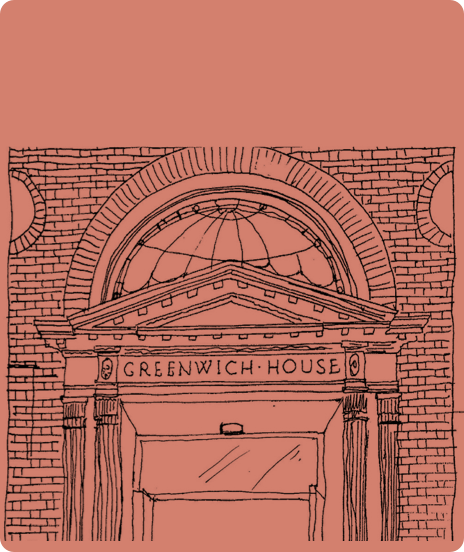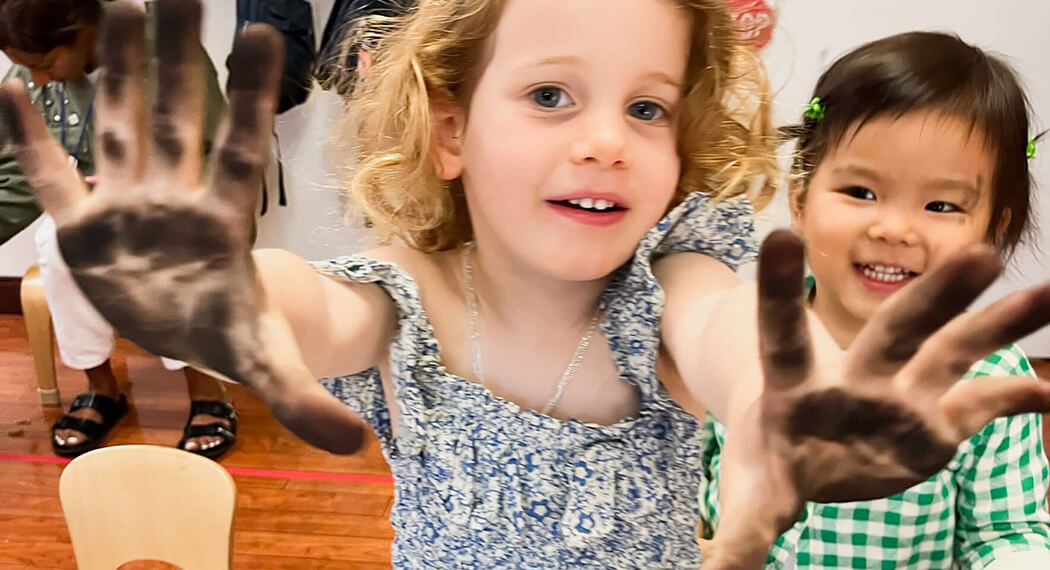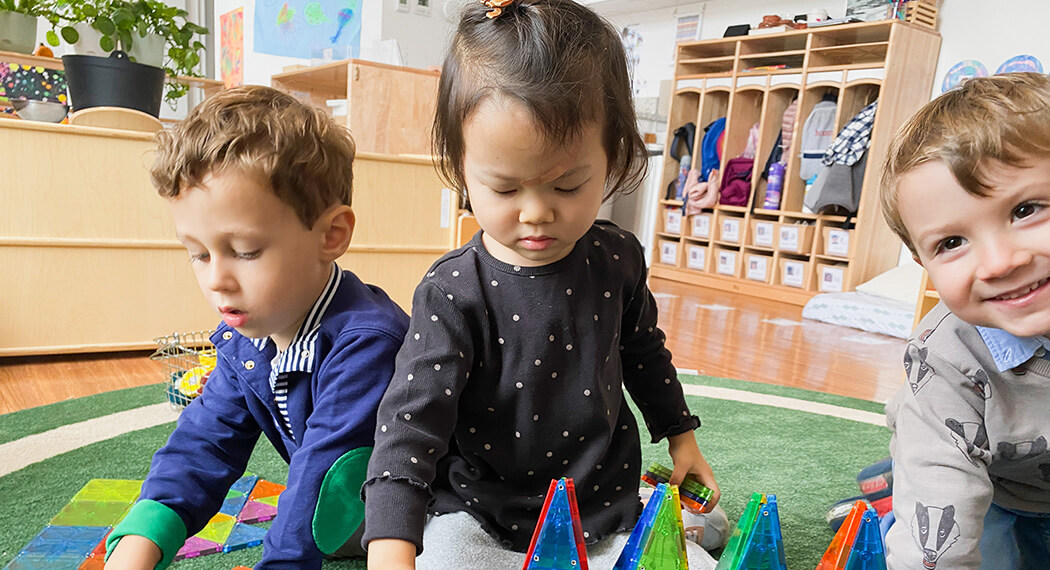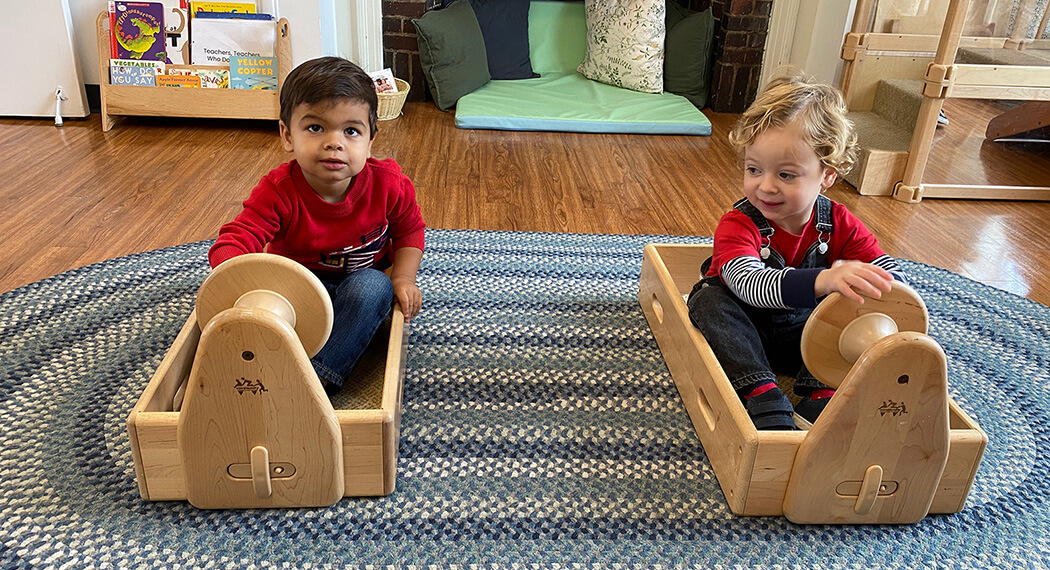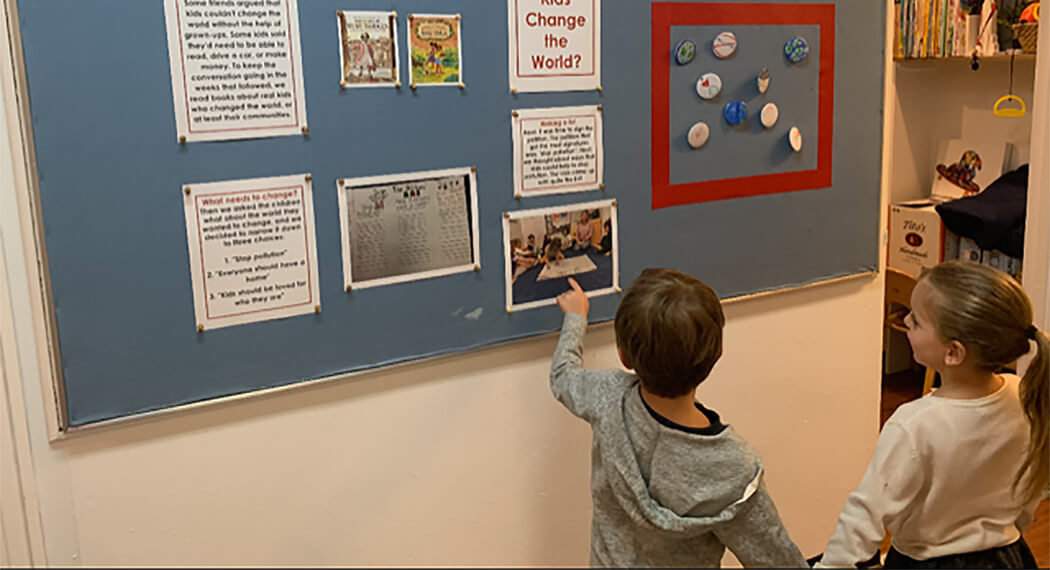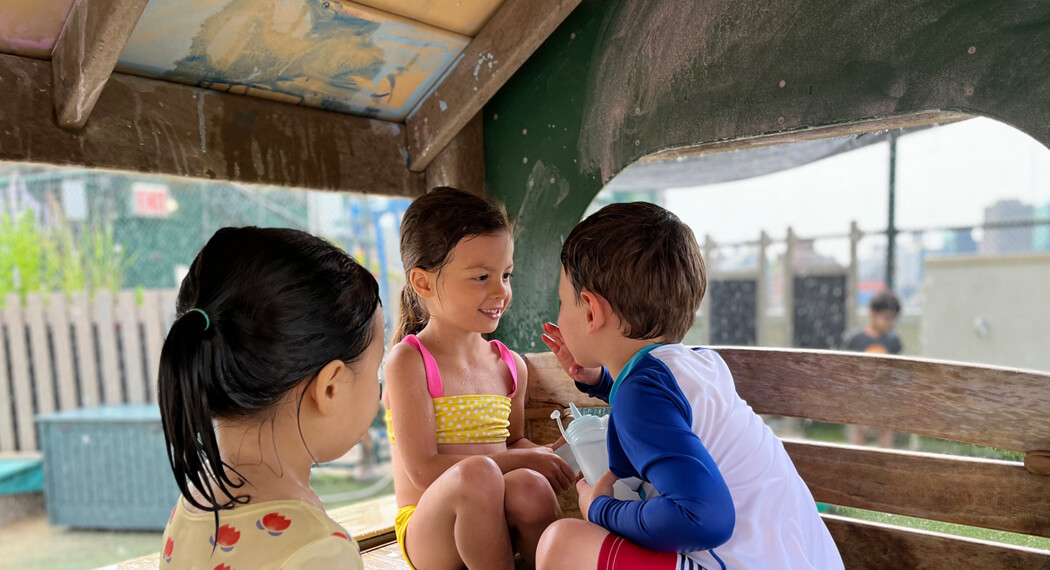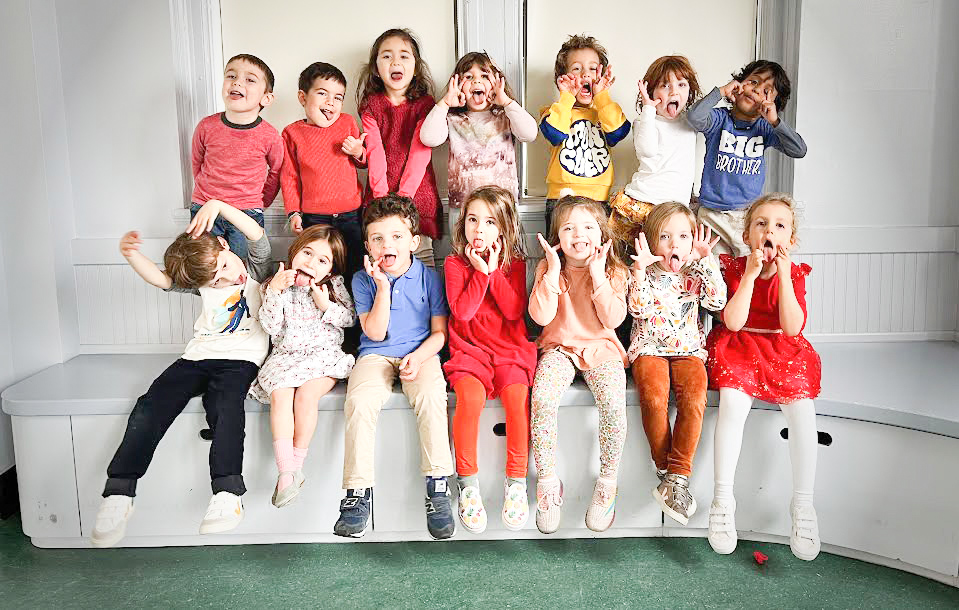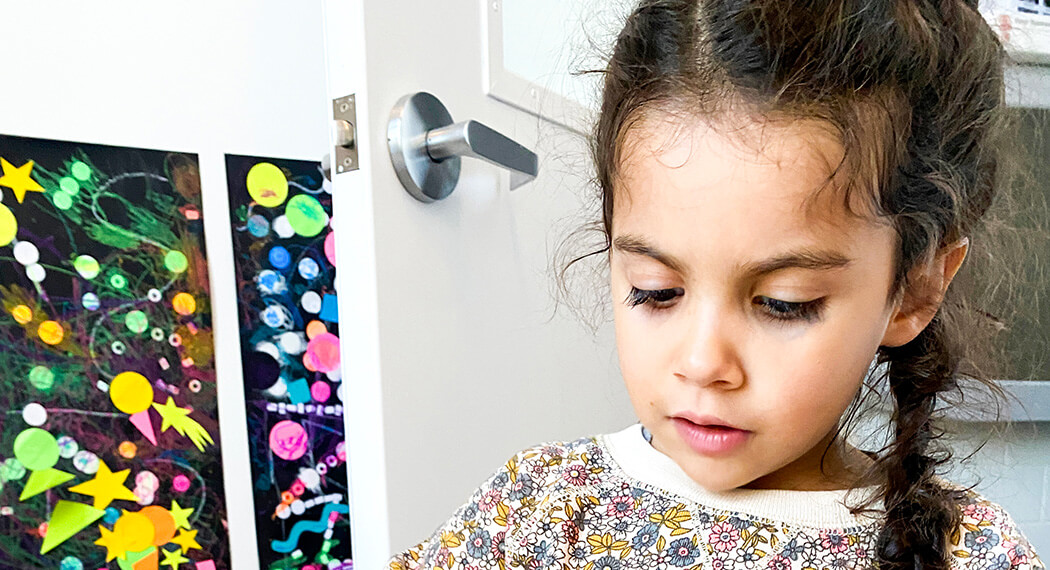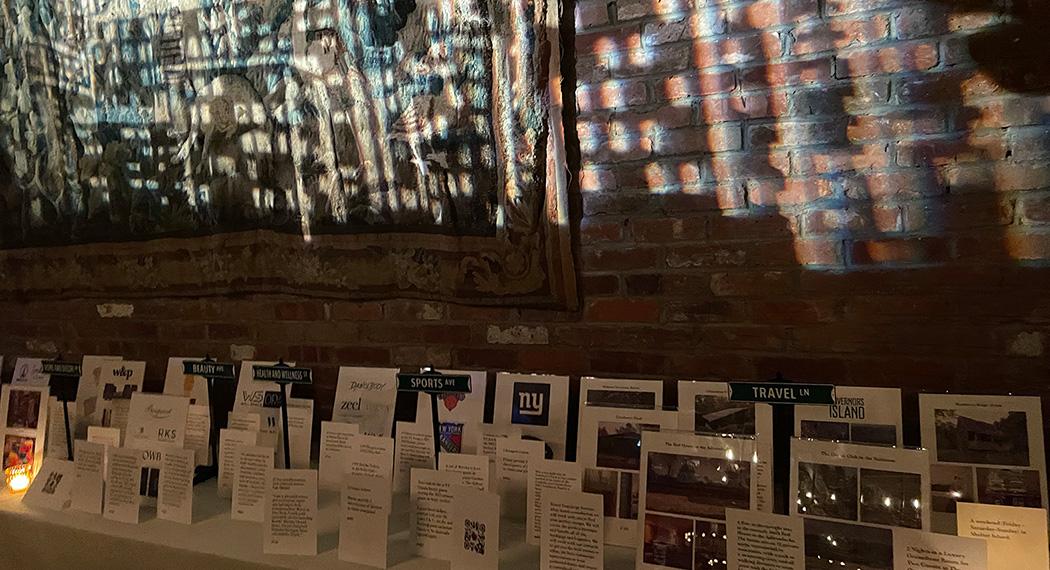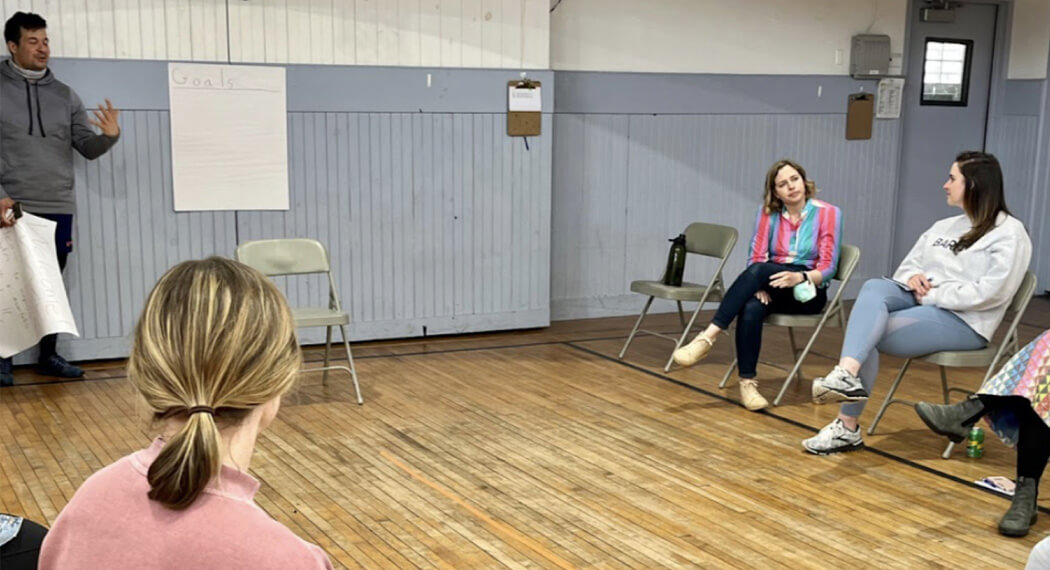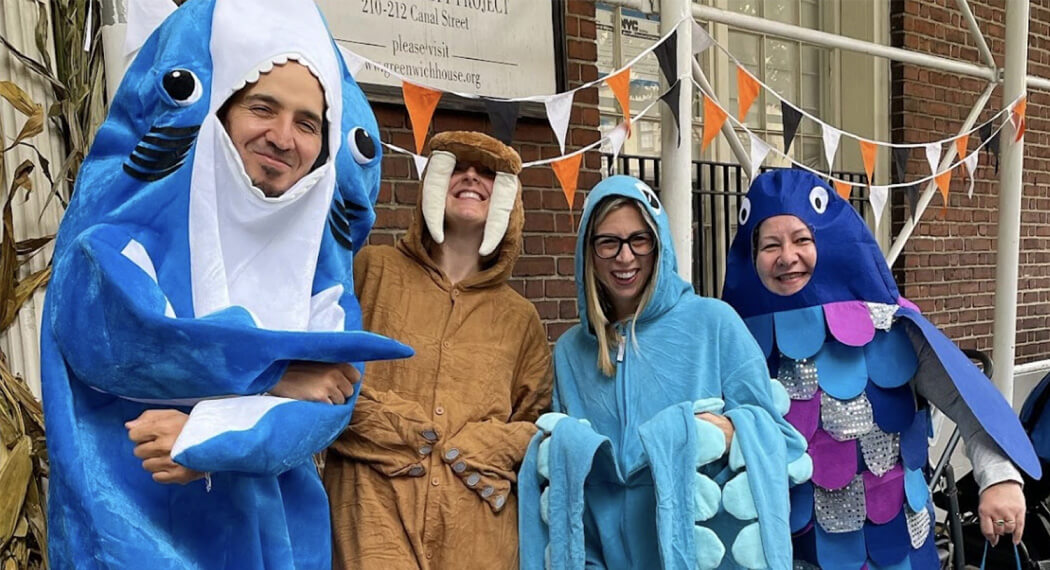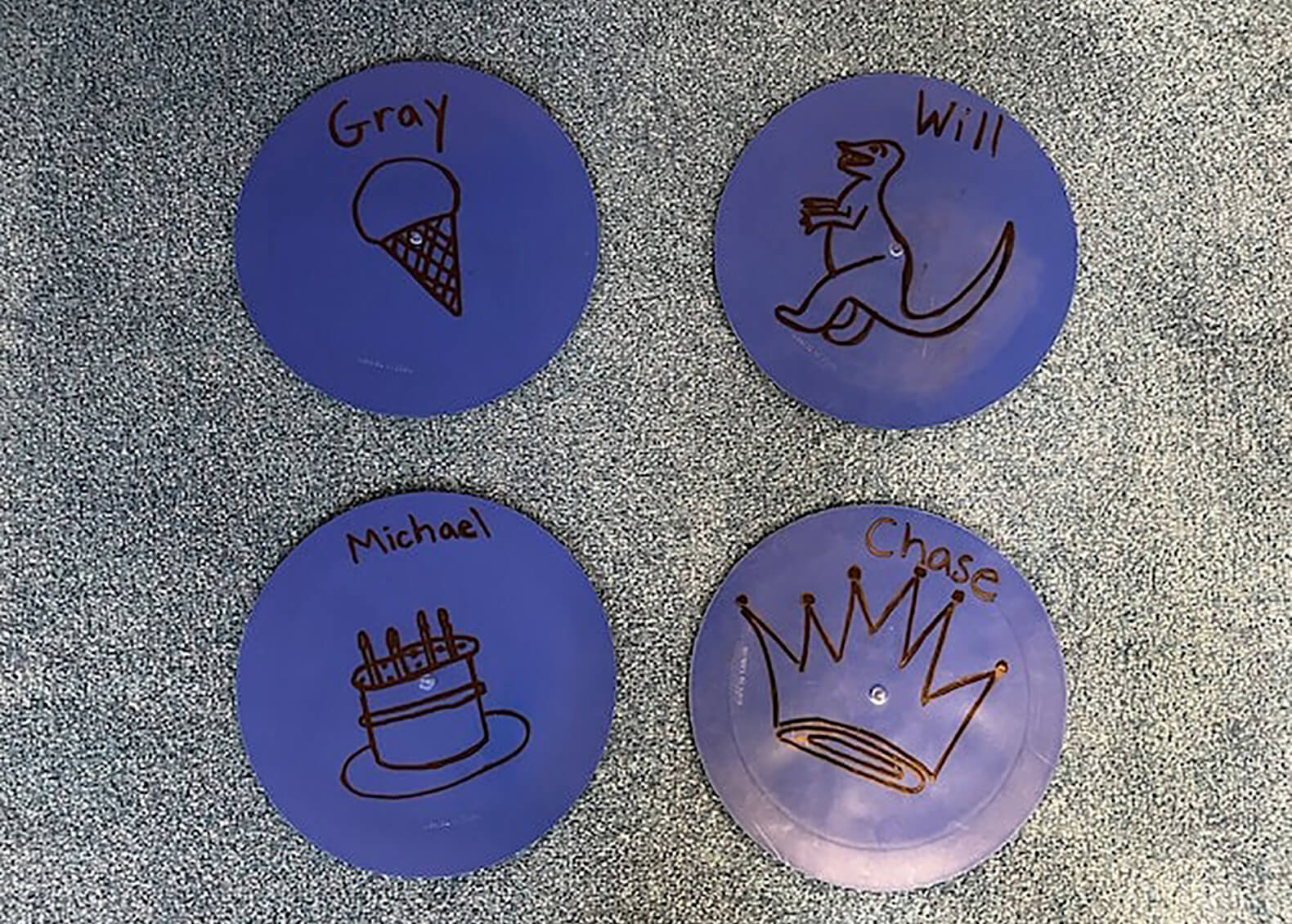As you have undoubtedly heard and seen, your children have something a little atypical about how their names are represented throughout the Blue Room: the inclusion of a small pictorial symbol alongside the letters that comprise these most important of words. What are these symbols for? And why are they present?
Let’s start by exploring how this might be experienced from the child’s perspective. Imagine 4-year-old Cate who cannot yet recognize her name. The world is awash in symbols, some of which make sense, but most of which don’t. But little Cate enters the Blue Room and chooses the Otter as her symbol. She loves animals, so this selection feels obvious. She returns each day and sees the otter emblazoned across items and immediately knows them to be her. Next to the otter are these things called letters that are just beginning to make sense to her. She doesn’t know all the letters, but she quickly realizes that the 4 letters next to the otter — C, A, T, and E — also represent her, and likewise, mark things as hers. In a short time, she can recognize those letters independent of the otter because they now have meaning to her. Just like that, she has learned to read her name.
But the process doesn’t stop there! She notices that one of her classmates Mei-An’s items are marked with a book.“That book means ‘Mei-An’,” she reasons. And, in the Blue Room at least, she’s right! But that isn’t the only way Mei-An’s items are marked. Just like her own, the book is accompanied by letters… different letters… Mei-An’s letters. In the same way that the letters next to the otter mean Cate, the letters next to the book mean Mei-An. Now, Cate is able to recognize not only her own name in writing but also those of her classmates.
Back in the real world, during their initial visits to the Blue Room, children had the opportunity to select a symbol that would be unique and specific to them. No child shares a symbol. The symbol — much like their name — is truly theirs. From their initial foray into the classroom, children could identify with something that was special to them and which could be used as a means to represent them. They could look around the space and see various items labeled with their symbol — things like their drinking cup, meeting spot, rest and work cubbies, or place on the job chart — and know that these items, just like the symbol, were theirs.

“ The symbols are fairly simple -- basic line drawings of common artifacts in the children’s universe -- but they convey a clear idea.”

Alongside their symbol — the sequence of marks and strokes that made perfect sense to them — was another sequence of marks and strokes that might not have made quite as much sense: their name. Seeing these two symbols — one very accessible, the other on the verge of being so — alongside one another conveys their connection and shared purpose: both represent the child to whom they are assigned. In learning their symbol, they learn their name. And upon mastering their own symbol, they began to learn those of their classmates. So now not only do they know which cup is their own, but they also know which cup belongs to which classmate. And, in turn… which less-obvious sequence of marks and strokes (i.e., which name) belongs to which child. The seemingly simple act of choosing a symbol to represent one’s self allowed each child to understand with increasing abstraction how complex things and ideas (and what is a more complex thing or idea than “self” and “other”?) can be represented symbolically.
Why is this experience so powerful? Because symbolic representation is the foundation upon which reading and writing are built. The written word is predicated on the idea that marks can form letters and letters can form words and words can represent things. But this all starts with a basic understanding that marks on a page can represent something other than what those marks themselves are. Over time, when they are ready (and many are already!), the children will learn the specific letter names and their many associated sounds and how to form them, and eventually how to string them together to read or write words. Those are fairly rote skills that require extended periods of exposure, practice, and reinforcement. But more importantly, through this creative and innovative approach, the children are developing a conceptual understanding of symbolic communication. Which is really just a fancy way of saying… they’re learning how the written word works! And they’re doing so precisely because they are being given non-word symbols to bridge the gap from the highly concrete to the highly abstract. So… these seemingly simple symbols are actually facilitating profound learning for the children. This is in addition to the many other purposes they serve, but their key role in supporting emergent literacy development may not be evident to the untrained eye.

